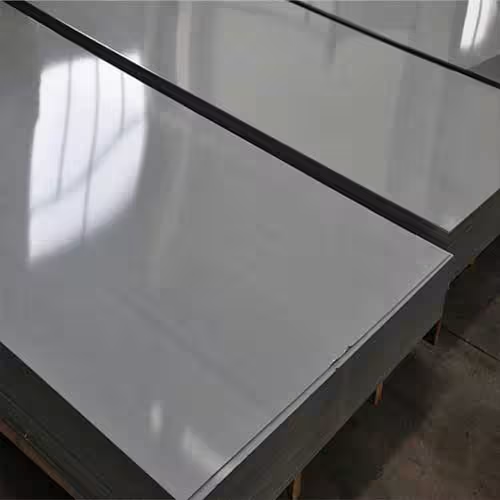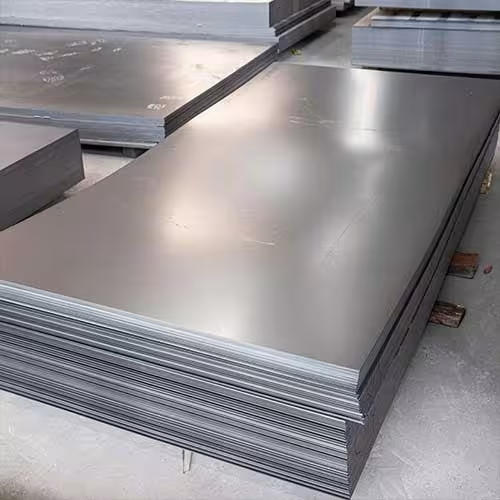Welcome to My Blog!
Before we dive into the content, I’d love for you to join me on my social media platforms where I share more insights, engage with the community, and post updates. Here’s how you can connect with me:
Facebook:https://www.facebook.com/profile.php?id=61565500692293
Now, let’s get started on our journey together. I hope you find the content here insightful, engaging, and valuable.
Table of Contents
Introduction

Steel plates are essential materials used across numerous industries, including construction, manufacturing, shipbuilding, and heavy machinery. They come in a variety of dimensions, thicknesses, and grades, making it important to understand how to choose the right steel plate sizes for your specific application. Selecting the correct size ensures structural integrity, cost-effectiveness, and compliance with industry standards.
In this comprehensive guide, we will explore the different steel plate sizes, factors to consider when selecting a plate, common industry applications, and a detailed table outlining standard sizes. Whether you’re working on a large-scale construction project or a smaller fabrication task, understanding steel plate sizes will help you make an informed decision.
Understanding Steel Plate Sizes and Their Importance
What Are Steel Plate Sizes?
Steel plate sizes refer to the dimensions of a flat sheet of steel, typically measured in thickness, width, and length. These sizes vary depending on the industry and application requirements. Steel plates are available in standard and custom dimensions to meet diverse structural and manufacturing needs.
Why Choosing the Right Steel Plate Size Matters
Selecting the correct steel plate size is crucial for several reasons:
- Structural Integrity: The right thickness and dimensions ensure durability and stability.
- Cost Efficiency: Avoiding excess material reduces waste and costs.
- Compliance with Standards: Industries have specific regulations regarding steel plate dimensions.
- Ease of Fabrication: Proper sizing makes cutting, welding, and assembling easier.
Factors to Consider When Selecting Steel Plate Sizes
Choosing the appropriate steel plate size requires evaluating multiple factors to ensure it meets your project requirements.
Thickness Requirements
Steel plate thickness varies from thin sheets to thick, heavy-duty plates. The required thickness depends on the load-bearing capacity and structural demands of your application. For example:
- Thin plates (below 6mm) are used in automotive and appliance manufacturing.
- Medium plates (6mm–25mm) are common in construction and machinery.
- Heavy plates (above 25mm) are used in shipbuilding and industrial equipment.
Width and Length Considerations
The width and length of steel plates depend on application requirements and transportation limitations. Common standard widths include 4 feet (1,219 mm), 5 feet (1,524 mm), and 6 feet (1,829 mm), while lengths typically range from 8 feet (2,438 mm) to 20 feet (6,096 mm).
Steel Grade and Type
Different grades of steel plates have varying properties, including tensile strength, corrosion resistance, and hardness. Common steel types include:
- Carbon Steel Plates – Ideal for structural applications due to their strength.
- Stainless Steel Plates – Used for applications requiring corrosion resistance.
- Alloy Steel Plates – Offer enhanced strength and durability for heavy-duty projects.
Industry Standards and Regulations
Steel plate sizes must comply with industry standards such as ASTM (American Society for Testing and Materials) and ISO (International Organization for Standardization). Ensure your selection meets project specifications and regulatory requirements.
Common Applications of Steel Plates


Steel plates are used in various industries, each requiring specific dimensions and grades for optimal performance.
Construction and Infrastructure
Steel plates provide structural support for buildings, bridges, and roadways. Thicker plates are used for load-bearing structures, while thinner plates serve as reinforcements.
Manufacturing and Fabrication
From machine parts to industrial equipment, steel plates are essential in manufacturing. Custom sizes are often needed to fit specific fabrication requirements.
Shipbuilding and Marine Applications
Marine-grade steel plates are designed for durability in harsh environments, ensuring vessel integrity. Standard plate sizes in shipbuilding follow classification society regulations.
Automotive and Aerospace Industries
Thin steel plates are widely used in vehicle frames, aircraft components, and protective panels, balancing strength with lightweight properties.
Oil, Gas, and Energy Sectors
Steel plates play a key role in pressure vessels, pipelines, and offshore drilling structures. High-strength plates withstand extreme conditions in these industries.
Standard Steel Plate Sizes Table

Below is a table outlining common steel plate sizes used in various industries. These standard dimensions help streamline selection and procurement.
| Thickness (mm) | Width (mm) | Length (mm) | Common Applications |
|---|---|---|---|
| 3 | 1,000 – 2,000 | 2,000 – 6,000 | Automotive panels, appliances |
| 6 | 1,000 – 2,500 | 2,000 – 12,000 | Construction, machinery, structural uses |
| 12 | 1,000 – 3,000 | 3,000 – 12,000 | Heavy machinery, bridges |
| 20 | 1,000 – 3,500 | 4,000 – 12,000 | Shipbuilding, pressure vessels |
| 50+ | 1,000 – 4,000 | 6,000 – 12,000 | Industrial equipment, offshore structures |
This table provides a reference for selecting steel plates based on thickness, width, and length. However, custom sizes are often available depending on project needs.
Conclusion
Selecting the right steel plate size is a critical decision that affects the success of your project. By considering factors such as thickness, width, length, material grade, and industry standards, you can ensure the best fit for your application.
Understanding steel plate sizes helps optimize cost efficiency, structural integrity, and compliance with regulations. Whether you’re in construction, manufacturing, shipbuilding, or energy, choosing the correct steel plate ensures durability and performance.
FAQ
How do I determine the right steel plate size for my project?
The right steel plate size depends on load-bearing requirements, industry standards, and intended application. Consulting with a structural engineer or supplier can help determine the best option.
What is the standard thickness of steel plates?
Steel plate thickness typically ranges from 3mm to over 50mm. The required thickness depends on the industry and intended use.
Can steel plates be cut and customized?
Yes, steel plates can be cut, drilled, and customized to meet specific project needs. Common cutting methods include plasma cutting, laser cutting, and waterjet cutting.
What are the advantages of using thicker steel plates?
Thicker steel plates provide higher load-bearing capacity, improved durability, and increased resistance to wear and impact, making them ideal for heavy-duty applications.
How are steel plate sizes measured?
Steel plate sizes are typically measured in terms of thickness (mm or inches), width, and length. These measurements follow industry standards to ensure compatibility with construction and manufacturing requirements.
Are there specific regulations for steel plate sizes?
Yes, steel plate sizes must meet industry standards such as ASTM, ISO, and specific national regulations. Compliance ensures safety, reliability, and quality in various applications.
What materials are commonly used for steel plates?
Steel plates are available in carbon steel, stainless steel, and alloy steel, each offering different properties for strength, corrosion resistance, and flexibility.
How do I maintain steel plates to prevent corrosion?
Regular inspections, coatings, and protective treatments such as galvanization can help prevent corrosion and extend the lifespan of steel plates.
Can steel plates be welded easily?
Yes, steel plates can be welded using different techniques, including MIG, TIG, and arc welding. The weldability depends on the steel grade and thickness.
Where can I buy steel plates in various sizes?
Steel plates are available from steel suppliers, metal fabrication companies, and construction material distributors. Custom sizes can also be ordered based on project requirements.

